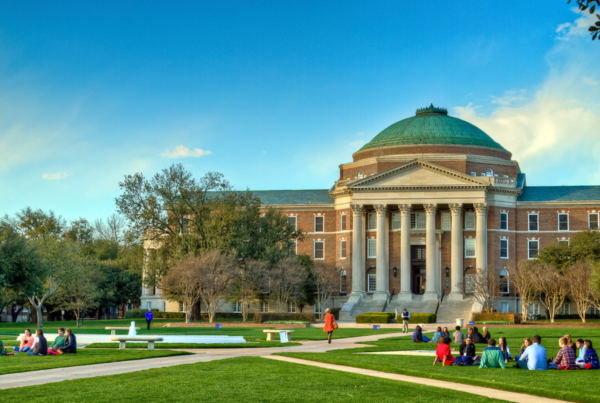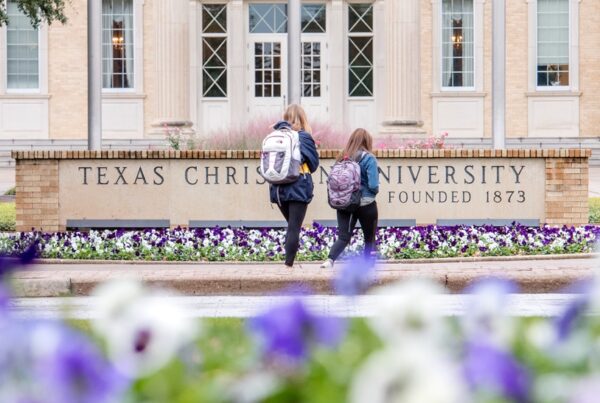 As the sun starts to shine and the snow starts to melt, students all over the United States are traveling to visit colleges. Juniors are checking out prospective schools to apply to and seniors are taking one more look before they make their final decisions.
As the sun starts to shine and the snow starts to melt, students all over the United States are traveling to visit colleges. Juniors are checking out prospective schools to apply to and seniors are taking one more look before they make their final decisions.
Our previous posts about college visits – The College Visit: Part 1 and Part 2 – give a great overview of how to put together a college trip as well as what students and families should expect on the day of their college visit.
The logistics of a college visit are all very important: planning ahead, signing up for activities, doing research, etc. Details aside, the most important part, and the entire goal of a college visit, is to help high school students find out if this college is right for them.
But how do you know if a college is a good fit?
Do the college visit
Typically, a college visit includes an informational session and a campus tour. These events, which are organized by the college, give general information about the institution as a whole. The informational session will be run by an admissions counselor who will go over the nuts and bolts of the college. They’ll talk about application expectations, financial aid, study abroad opportunities, and much more. After the session, a tour guide will lead students and families around campus for a look at the grounds, facilities and housing.
Take advantage of the additional opportunities
Colleges often offer other activities as well, including …
-
Interviewing with an admissions counselor
-
Attending a class
-
Speaking with a professor or a coach
-
Eating a meal in the dining hall
-
Staying overnight in the dorms
These opportunities allow students to see the college from a variety of perspectives outside of what they witness on a campus tour. They’ll be able to ask questions and investigate the things that interest them specifically. Whether it’s chatting up an engineering professor, bunking in a dorm room with a current student or sampling the soup of the day from the cafeteria, they’ll get a slice of college life as well as a better sense of how they’ll fit in at that particular college.
Explore
In the midst of all the planned activities during a campus visit, venturing out will provide a nice chance for students and families to catch their breath and evaluate what they’ve seen so far.
-
Walk around campus
-
Talk to current students
-
Explore off campus
Although these activities are less structured than those the college organizes for visitors, students will have the freedom to investigate as they like. They can sit on a bench and people-watch. They can engage a current student in conversation and get the inside scoop; college students love to share their experiences. They can take a walk off campus to get a feel for the community. This can include visiting a coffee shop, a restaurant, the surrounding neighborhoods and the downtown area. The question remains, can students see themselves living in this place, learning on this campus, and enjoying the friendship of their peers?
Reflect and Record
After the college visit is over and students have collected all the information they can, the next step is recording their impressions. Choosing a method that works for them, students can do anything from writing down their thoughts, to saving some photos, to putting together a spreadsheet. As they continue to tour colleges, their experiences will begin to run together and they will be happy to have an account of each of their visits.
Along their journey, students will discover what they do and do not like in a college and what defines a good fit for them. Their final goal will be to come away with a list of schools that match their criteria. Keep in mind that college visits are not about finding the one perfect school but finding the handful that will fit them best. Students have the potential to thrive at a number of great institutions and the college visit is an important step in figuring out which ones a student will apply to and eventually, which one he or she will decide to enroll in.





